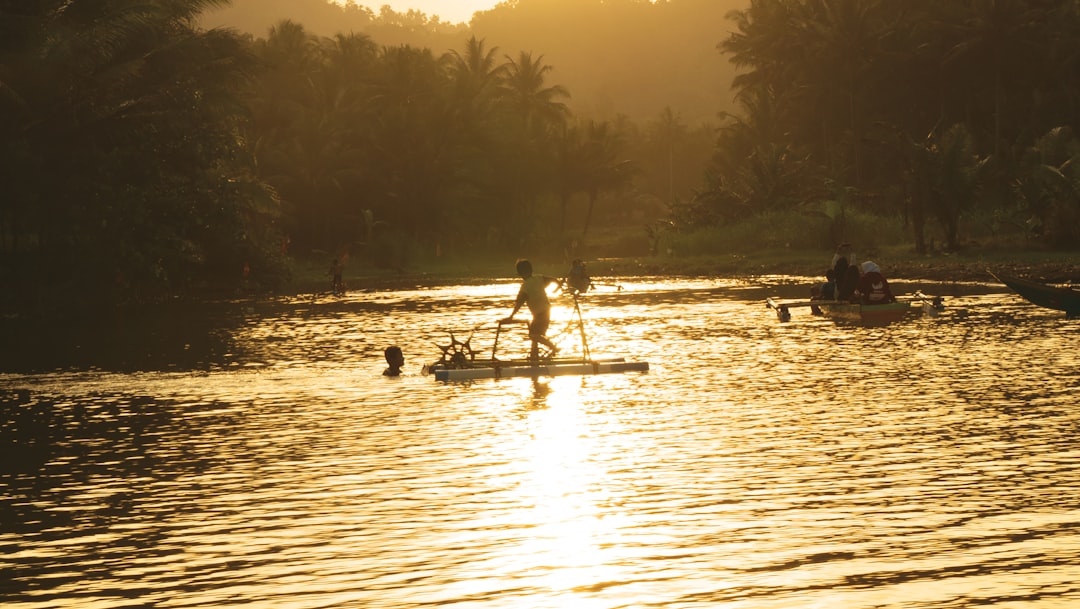Water is the lifeblood of agriculture, but human activities within farming and beyond can significantly disrupt the natural water cycle. As the global population grows and climate change accelerates, understanding the delicate relationship between agriculture and the water cycle has never been more critical. This post explores the water cycle, its importance for agriculture, and how human practices influence water availability.
What Is the Water Cycle?
The water cycle, or hydrologic cycle, describes how water moves through the Earth’s atmosphere, surface, and subsurface. Its key processes include:
-
Evaporation: Water transforms into vapor from oceans, lakes, and soil.
-
Condensation: Water vapor cools and forms clouds.
-
Precipitation: Water returns to Earth as rain, snow, or hail.
-
Infiltration and Percolation: Rainwater seeps into the soil, replenishing groundwater.
-
Runoff: Excess water flows over land into rivers and streams, eventually reaching oceans.
-
Transpiration: Plants release water vapor into the atmosphere during photosynthesis.
This cycle ensures the constant movement and availability of water, balancing ecosystems and agricultural needs.
The Role of Agriculture in the Water Cycle
Agriculture depends heavily on water for irrigation, crop growth, and livestock. However, it also plays a significant role in altering the natural flow of the water cycle.
Positive Contributions of Agriculture:
-
Soil as a Sponge: Healthy soils with high organic content can store significant amounts of water, reducing runoff and promoting groundwater recharge.
-
Transpiration from Crops: Plants release water vapor into the atmosphere, contributing to local precipitation patterns.
Negative Impacts of Agriculture:
-
Over-Irrigation
-
Inefficient irrigation practices lead to waterlogging, increased evaporation, and depletion of local water sources like rivers and aquifers.
-
-
Deforestation for Farmland
-
Cutting down forests reduces transpiration and cloud formation, disrupting regional rainfall patterns.
-
-
Soil Degradation
-
Unsustainable farming practices, such as over-plowing and monocropping, reduce the soil’s water retention capacity, leading to increased surface runoff and erosion.
-
-
Pollution of Water Sources
-
Fertilizers, pesticides, and livestock waste often contaminate rivers and groundwater, affecting water quality and availability.
-
How Human Practices Impact Water Availability
Groundwater Depletion
Excessive pumping for irrigation lowers water tables, making it harder to access groundwater. In regions like North India and California’s Central Valley, over-extraction has caused wells to run dry and aquifers to shrink.
Surface Water Diversion
Rivers and lakes are often diverted for irrigation, leaving downstream communities and ecosystems without sufficient water. The Aral Sea is a stark example, where agricultural diversion has reduced the sea to a fraction of its original size.
Climate Change Feedback Loop
Agricultural practices contribute to greenhouse gas emissions, which exacerbate climate change. This alters precipitation patterns, increases droughts, and disrupts the natural water cycle.
Sustainable Agricultural Practices to Protect Water Availability
To balance agriculture with the water cycle, sustainable practices must be adopted:
-
Efficient Irrigation Systems
-
Drip irrigation minimizes water waste by delivering water directly to the roots of plants.
-
Sprinkler systems with timers and sensors reduce over-irrigation.
-
-
Crop Rotation and Cover Crops
-
These practices improve soil health, increase water retention, and reduce erosion.
-
-
Agroforestry
-
Integrating trees into farmland restores transpiration, enhances local rainfall, and prevents water runoff.
-
-
Rainwater Harvesting
-
Collecting and storing rainwater for agricultural use reduces dependence on groundwater and surface water sources.
-
-
Reduction of Chemical Use
-
Using organic fertilizers and natural pest control methods prevents contamination of water sources.
-
Final Thoughts
The water cycle and agriculture are deeply interconnected, and human practices have a profound impact on water availability. By shifting to sustainable farming methods and taking active steps to restore natural water cycles, we can protect water resources for future generations.
Call to Action:
Are you implementing sustainable water practices in your farming or local community? Share your stories and insights in the comments below—we’d love to hear how you’re making a difference!

Comments
No comments yet. Be the first to comment!
You must be logged in to comment. Login